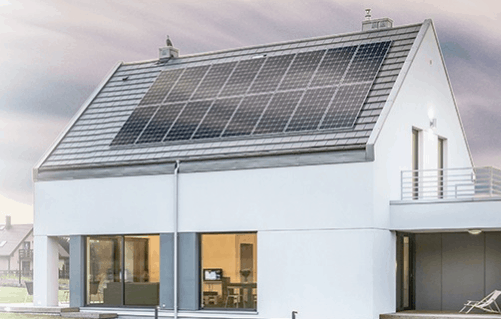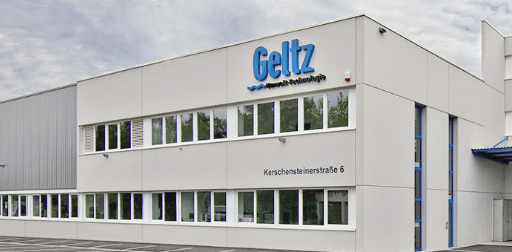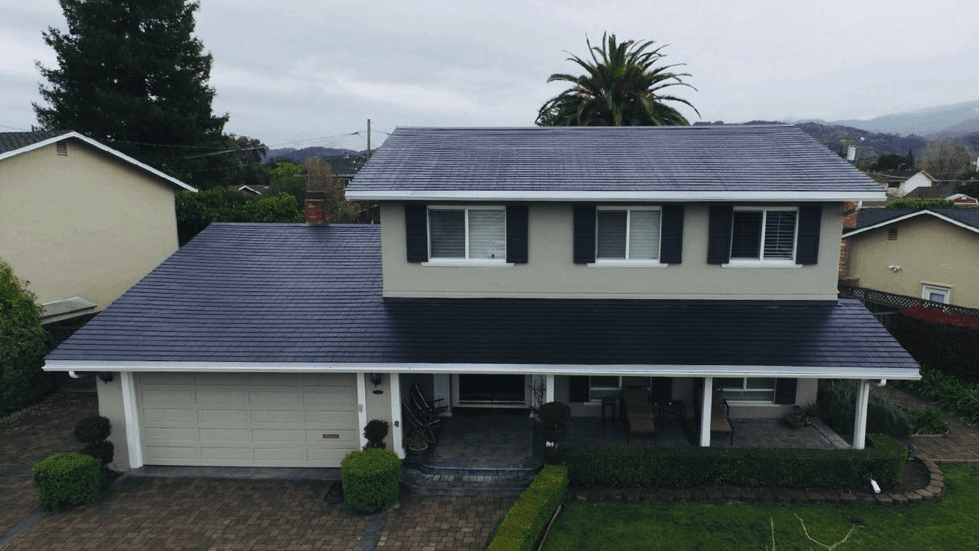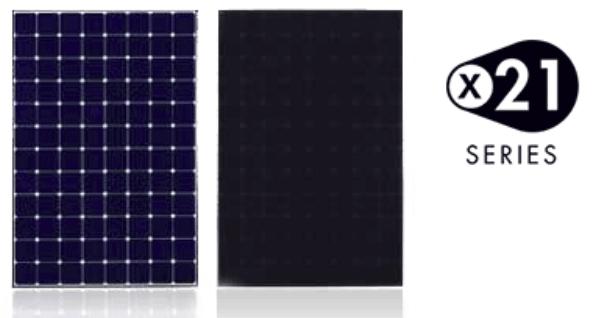LG have released a new LG ESS battery and inverter, and have upgraded their NeON solar panel range for 2019. Let’s take a look at some of the changes!
LG ESS battery and inverter
LG have consistently led the way with regards to high quality solar panels, so it’s great to see them foray into home energy storage. Let’s take a look at the product a little closer:






